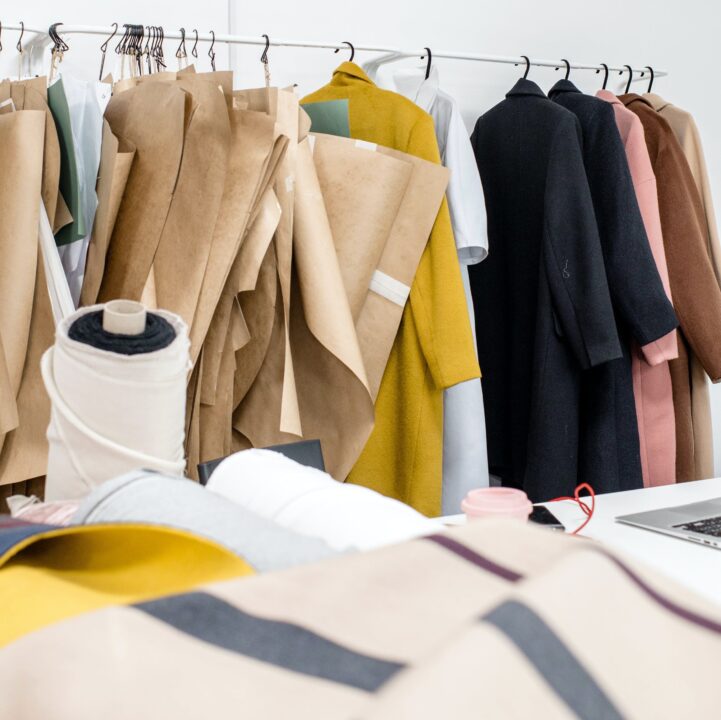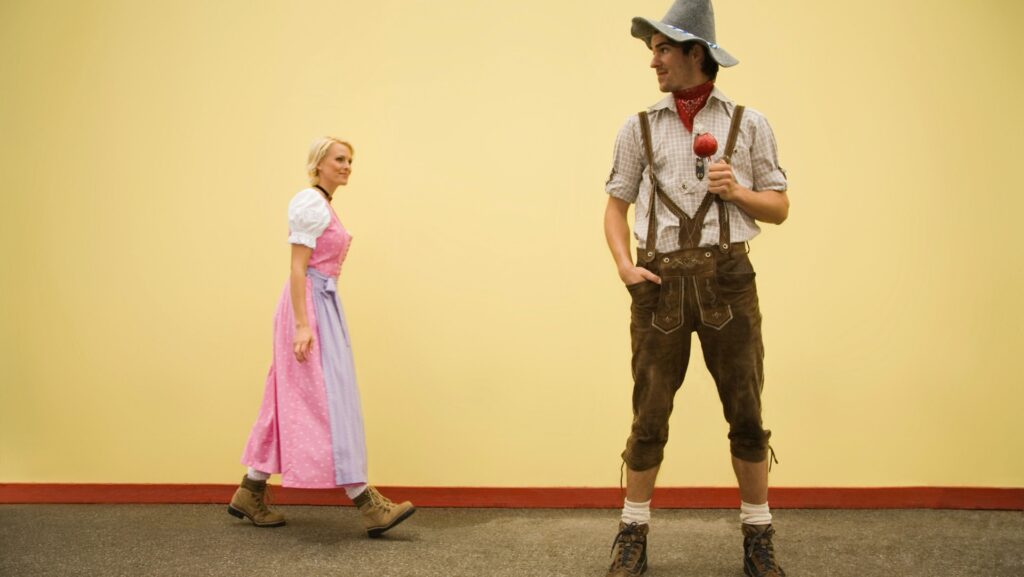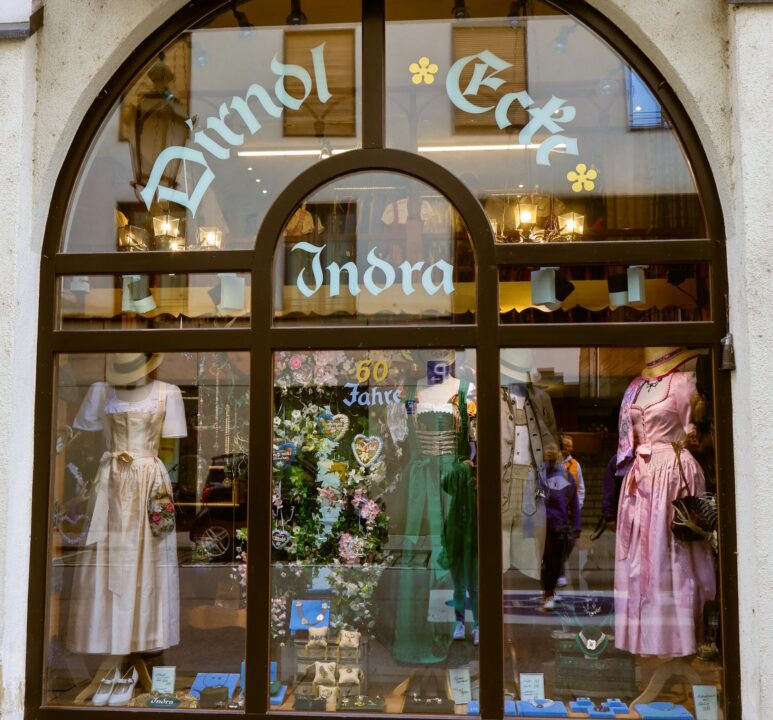In today’s post, our focus is on German traditional clothing. One word that is very common in German traditional clothing is tracht. The word ‘tracht’ is a German word that means something that is worn on the body, like clothes and accessories. Germans use it to describe traditional clothes or costumes.
Tracht had its roots in the medieval period, when clothing served other purposes aside from the utility function it was meant to serve. Clothing was also used to show one’s class or position in society. There are different kinds of clothes designed to suit different occasions. Some are ordinary and meant to be worn casually as regular attire, while others are reserved for important outings and festivals.
One of the renowned yearly festivals that is usually held is the Oktoberfest in Munich, Germany. This is one of the events where the rich cultural heritage of the Germans is exhibited, as men and women are seen wearing Lederhosen and Dirndls. In this article, we’ll be discussing the history of German traditional clothing. Also, we’ll discuss the different types of German traditional clothing.
That said, let’s get started!
History of German Traditional Clothing

The history and development of German traditional clothing are in different stages and phases, and each of these phases will be discussed in detail. We’ll be looking at the different clothing styles that marked different periods.
-
The Early Germanic Tribe
The origin of German traditional clothing can be traced to the Germanic tribe. The exact period in which this tribe emerged is still a debate, but the Germanic tribe emerged around the early centuries AD. These early migratory tribes dominated much of Europe in the early period, and we can trace the origin of traditional clothing to them. These ancient Germans wore brooches, and their garments were made from hide and leather. Tunics were common for both men and women during this period.
-
The Medieval Period
In the medieval period, German traditional clothing became more regional as there were different regions in Germany. Each region began to craft its own clothes and create its own clothing designs. The tradition varies based on different regions. For example, the Lederhosen, which is a leather pant, belongs to the Bavaria region of Germany. Also, women’s clothes were no longer simple garments, as they were now made with embroidery and came in different designs.
-
Influence of the Holy Roman Empire
The Holy Roman Empire influenced German traditional clothing. This period lasted between the 10th and 19th centuries, when European regions were under the authority of a ceremonial emperor. During this period, German women’s style and clothing became more conservative. The primary linen garment that the women wore during this time was usually a white chemise—a loose-fitting undergarment. The chemise necklines sometimes have decorative embroidery. Typically, the bodice-style overgown was worn with a pleated skirt. Headwear was also part of the regular clothing during this period.
-
The Baroque Period
The Baroque movement in Europe occurred between the 17th and 18th centuries. This movement had a major impact on the clothing styles of Europe. Baroque is derived from a Portuguese word that means an irregular-shaped pearl. The era itself had its origins in Italy and was later adopted by other countries that wanted to embrace new artwork different from that of the Roman Catholic Church. This period introduced a new and elaborate fashion.
In England, after the restoration of King Charles the Second, men’s military styles changed from rigid clothing and a conservative style to a more decorative style. The iconic fabric became silk, and fabrics were made from silver and gold brocade. Women wore blouses with loose shoulders and wide sleeves, while the skirts worn at the beginning of the Baroque era were puffy. Women of higher status wore Manteau- a loose gown or cloak worn by women.
Another feature of female clothing during this period was the virago sleeves, a process of making a long sleeve into puffs using a ribbon. The female hoop skirts were replaced with padding, which is made up of underskirts made from fine fabrics, making it a softer silhouette for the ladies. The men’s attire was also influenced by this movement. The sleeves of men’s clothes did not exceed the length of the elbow. Vests and waistcoats also became part of the male clothing wardrobe.
-
Napoleonic Era
The Napoleonic era also had its influence on German traditional clothing, as a lot of styles and clothing were introduced. This period witnessed an improvement in fashion. Germany adopted French and English fashion trends, which were introduced by Napoleon. For example, muslin gowns were introduced, and they were accomplished by an Indian cashmere and muslin shawl.
Short tunics were worn over long dresses and decorated with lace and embroidery. He also introduced tulle, French cotton, and lace and re-established the textile industry that had been inactive.
-
Biedermeier Period
This period started in Germany in the late 19th century. During this period, attention was shifted to the middle class as it marked the start of social and political change as the country was moving towards modern democracy. The Biedermeier fashion was meant to attend to the needs of the middle class, and one of the major factors that marked this period was simplicity. They wanted clothes that were comfortable and easy to wear.
Fabrics were made from natural materials such as cotton, linen, and wool. The frock coat and a top hat were introduced into male clothing, and high-waisted styles were introduced for women. Their dresses were modest and simple.
The Influence of Queen Victoria in the Late 19th Century
Queen Victoria had a major influence on women’s fashion in Germany. Women in the European region imitated her style and adopted her way of dressing. For example, she was fond of wearing dirndls, a ruffled apron that originated in Alpine. Her influence was one of the things that earned German traditional clothing international recognition.
10 Types of German Traditional Clothing
The 10 types of German traditional clothing include;
1. Lederhosen

Lederhosen belongs to German traditional clothing. Its singular form is referred to as lederhose. Lederhosen are male pants made from leather, with the pants a little above the knee. The pants were originally made for laborers to allow them to move with ease during labor and also so that the leather could easily be removed from the trousers after the day’s labor. It is commonly found in Bavaria and the Alpine region of Germany.
2. Dirndl

One of the female German traditional clothes is the dirndl. It has its origins in the Alpine region of Germany. During the 18th century, the dirndl was worn by women who belonged to the lower class before upper-class women started to wear them and began to make them using expensive fabrics. The attire has four different parts, which are the skirt, the bodice, the blouse, and the apron.
3. Janker
This is a type of long jacket or coat that is made from loden, a type of oily wool obtained from mountain sheep. The coat can be worn by both men and women, and it is suitable for humid weather. The male Janker has horns or metal buttons lined up in front of the jacket and sometimes comes in eagle print. The women’s janker, on the other hand, has metal buttons.
4. Haferlschuh
The Haferlschuh is a part of German traditional footwear. It belongs to the Bavarian region. This shoe was originally made for work, but it has now been adopted for more general use as it can be worn to different events. It belongs to the German Trachten and is still worn to this day.
5. Gamsbart
Gamsbart is a type of traditional German clothing. It is an accessory used on a hat. Gamsbart is made from hair obtained from a mountain goat. The Gamsbart was originally used to honor hunters as a form of trophy when they killed a mountain goat. The hair from the mountain goat is gathered and used as Gamsbart for the hunter. It is no longer limited in use to hunters, as it now serves a general purpose. The length and size of the Gamsbart are what determine the price. The bigger the Gamsbart, the more expensive the price.
6. Tirolerhut
This is a type of hat that is made from felt. It is also called the Bavarian hat or alpine. It is part of the German local costume. It is made in different sizes and decorated with a headband and a feather-like material, or brush.
7. Bollenhut
The bollenhut is a type of hat worn by women. It originated in the Black Forest area. It has a rounded base and beautiful pom-poms on top. The bollenhut with red pompoms is made for girls who are not married, while the black ones are made for married women.
8. Mieder
This is a type of undergarment or bodice that is usually worn by women over a dress. It is still worn by females today in different countries to keep the body in shape or appear thinner.
9. Spencer
This is a fashionable jacket that can be found in traditional German clothing. It’s a female jacket. It usually has buttons at the front or side of the jacket.
10. Filzhut
This is a type of hat that is made with felt. It is usually decorated with a ribbon or headband on top, and they come in different colors.
Last Words on German Traditional Clothing
In conclusion, the list of German traditional clothing is not limited to the ones that have been mentioned above. There are others. German traditional clothing is usually referred to as tracht. Germany is one of the countries that has continued to promote and preserve its culture and tradition, and it has continued to influence other countries’ clothing and styles as well.
One of the notable ways in which the Germans have continued to preserve and promote their culture is through the annual Oktoberfest celebration, which has gained popularity. Different German traditional clothing is worn by the natives and tourists who participate in the celebration. Most of these traditional clothes are still relevant today.



